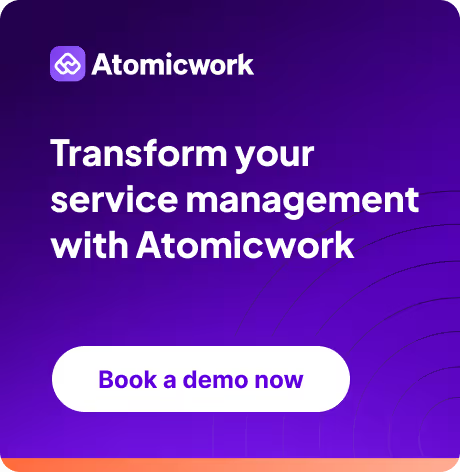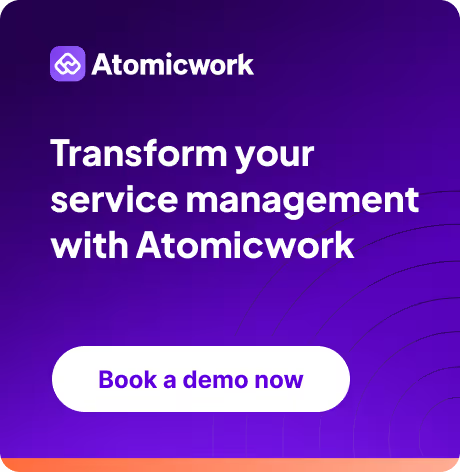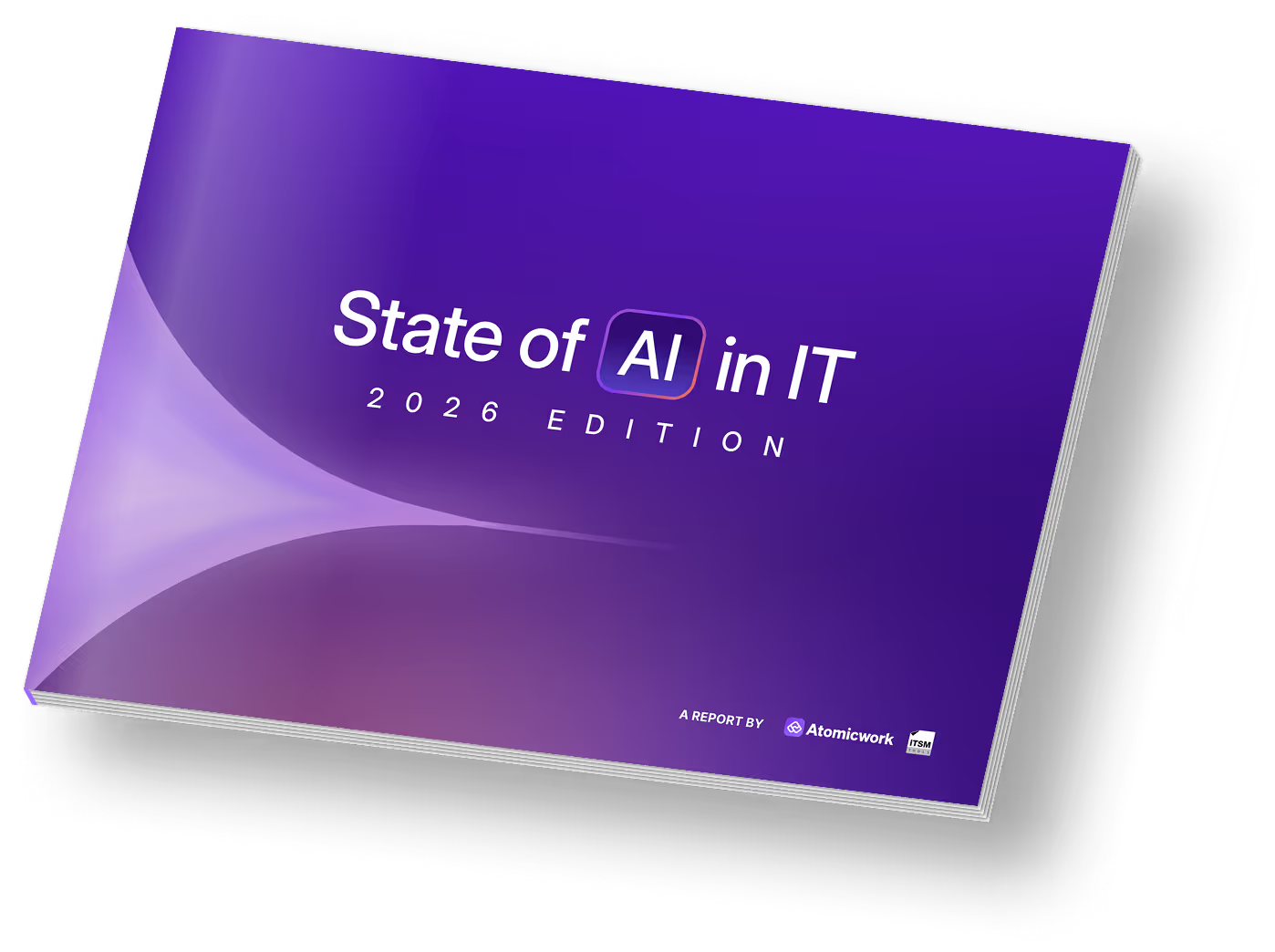The secret to Exyn Technologies’ culture of innovation: feedback surveys

Tiffany Fields, Head of People and Culture at Exyn Technologies, went to school for legal studies which prepares one for a lot of things but not a career in HR. It was a class she took in college that took her away from law school to her current role.
“I took a HR introductory course during my freshman year in school and I just fell in love with it. The course seemed to marry my love for people and connection with business in a very… forward-thinking manner. Now, I see it was very forward thinking because they introduced us to the strategic aspects - how to help drive and shape the people function so that we would drive business performance.”
Tiffany’s role at Exyn involves building and executing programs to orchestrate the employee experience and work closely with the team to drive change that harnesses the organization’s collective power to build a high-performing and highly engaged culture. Exyn Technologies develops autonomous aerial robot systems which are designed for real-time, safe, and efficient 3D mapping in high-risk, GPS-denied environments. Exyn Technologies has also been featured in The Philadelphia Inquirer's Top Workplaces 2022 list and is #23 on the Financial Times' Fastest Growing Companies in America. We discussed her work in employee engagement, onboarding, and her favorite Apple Music tracks from her 3500-song playlist.
The secret to happy and engaged employees
Tiffany has three people in her team - two People Ops specialists and one HR manager. One of the POps specialists focuses on benefits and payroll, and the other handles talent acquisition and engagement. The manager's role spans all of those arenas. Tiffany also works on these projects but her focus is performance management, leadership partnership, and internal communications and collaboration.
“This is why I end up just working a lot.” she laughs. “I started out as a senior HR manager but my role expanded to include more and more strategic projects because that’s what one does in a HR role: you just keep taking what people throw at you. So, I changed my title to reflect my new strategic role and hired people to focus on the administrative tasks.”
Tiffany’s team is also very focused on employee engagement. They do a lot of events and surveys to understand the employee sentiment across a range of tools including Lattice and Donut. They do surveys for specific lifecycle events like interviews and onboarding and also standard pulse surveys throughout the month just to understand employee sentiment across teams, gender, and race to make sure they’re focusing their efforts on any group that might be dissatisfied.
Tiffany feels this is key to her People philosophy - feedback and an understanding of who the employees are and what their needs are.
“People tend to prescribe employee engagement best practices of what has worked at other organizations or what they believe should be in place but there’s no substitute for knowing and understanding your employees.”
The only way to do that is to constantly poll and pulse your employees because needs change over time. What employees needed during the pandemic is not the same as what they need now.
“I truly believe that understanding their perception of the organization, what their needs are both in and outside of work, and what motivates and drives them is the most critical thing because it helps teams come up with great solutions. If you were to just apply an idea without knowing what your particular employee base needs, it’s not going to land. Engaging and understanding are the real employee engagement must-dos.”
This philosophy is threaded through all employee programs in Exyn, especially the onboarding program.
We don’t have to focus on telling people what we do because they can see the robots flying for themselves.
Exyn’s self-guided onboarding program emphasises on engagement and collaboration
The People team works with hiring managers to create a role-specific plan that could span 3 or 4 weeks depending on the role, and makes sure to include clear, weekly callouts for top-of-the-mind questions like, “What should I learn this week? What should I deliver? What do I need to help me understand this new landscape?” Exyn’s onboarding program goal is to reduce time to productivity so the focus is on making sure that everyone has all the information they need as soon as they need it but all within the constructs of how they learn. So onboarding programs end up tailored to an employee’s role and needs.
“When someone new joins,” Tiffany explained, “We treat them like they’re the CEO of their area of expertise, even if it’s an entry-level position. They own something. In a startup, it can be very easy to get lost or just get thrown into things so our goal is to make sure we avoid that and guide the new hire to understand what they’re responsible for so they can get started.”
Besides bringing people up to speed on how Exyn designs and builds the autonomous robots that one can encounter in the office (”We don’t have to focus on telling people what we do because they can see the robots flying around themselves”), managers also plan out structured meetings to get their new hires up to speed. Tiffany’s team pitches in by focusing on that oft-overlooked aspect of work: the getting-to-know-peers part.
“Donut adds everyone to a channel for a coffee roulette with different people across the team. We're a hybrid team with some people in the office and others remote so it’s really valuable in terms of getting to know everyone and collaboration.”
This is besides the quick check-ins that managers are encouraged to have with their new hires throughout the week. What have they learned that day? Do they have any questions?
New hires are also encouraged to give feedback at the end of 30 days through a survey. The survey asks employees whether they had the resources they needed, what they wished they had, whether they found their recommended touchpoints useful, and so on. The aggregate data is used to make changes to the program and the one-off data helps them make specific decisions.
“For every survey we send, we analyze the responses for focus areas and communicate an action plan to the org so we can be held accountable. There’s an anonymous open-door policy so people can really tell us what they think. I think it has helped create an environment of trust because people don’t really use it as much as they used to.”
Employees should hear that their feedback matters and their responses will dictate priorities
In terms of getting feedback, it’s important to generate the team’s interest in the survey; this means conveying the intent of the survey, how the responses will be used, and when an action plan will be shared. Employees should hear that their feedback matters and their responses will dictate priorities.
“In terms of understanding the feedback, I suggest using a comprehensive analytics tool - one that analyzes the aggregate and pinpoints both qualitative and quantitative areas of focus. In terms of implementation, I suggest a methodical, realistic, and measured approach - starting with the biggest areas of opportunity.”
This intentional feedback-driven approach to employee engagement not only helped the leadership team establish trust and build a culture of transparency and accountability but it also helped them when Exyn had to let go of some of their employees.
“There’s research that suggests that the aftermath of a layoff likely includes a significant spike in voluntary turnover. The first few days, weeks, and months following the layoff were filled with so much emotion. Sentiments ranged across the spectrum and getting back on track meant intentional focus on the thoughts and needs of our team members. We doubled down on existing channels and spent more time soliciting bottom-up feedback in 1:1s and in team meetings. Our 6-month trailing, post-layoff retention rate is 97%. I truly believe that some aspect of this is a result of our approach.”
Tiffany’s engagement touchpoints framework and her recommendations are very straightforward in a way that served to confirm this author’s belief that difficult problems often have seemingly simple solutions.
If recruitment, engagement, development, and retention of top talent is an organizational priority, the minimum engagement touchpoints would be onboarding, a bi-annual engagement survey, and 1:1s (This is usually seen as an alignment tool but Tiffany feels that it’s critical that a manager understand what factors are driving employee engagement bi-weekly or on whatever schedule works for them), learning and development/growth survey (this can exist as a subsection of engagement and is critical enough to focus on separately), and exit surveys.
Once the feedback is in, her framework for action is also not complex.
“After analyzing the data, I generate solutions to address the potential root cause not just the roots of less than stellar feedback. I then prioritize and incorporate all action items into my quarterly OKRs - all of which are publicly available to our team. Building a culture and environment of innovation involves getting employees to trust us enough to be vulnerable. The only way we can do that is to show them that we care about understanding them and their needs.”
We spent so much time talking about feedback and engagement that we almost skipped a question this author really wanted to ask her when she saw the Apple Music reference on Tiffany’s LinkedIn.
Tiffany humored me enough to look up her most-listened-to track in 2022 (Not an easy feat considering that Apple Music doesn’t serve up music wraps like Spotify).
“Good Mood by Adam Levine. I have a toddler, ha!”
You may also like...


.png)































